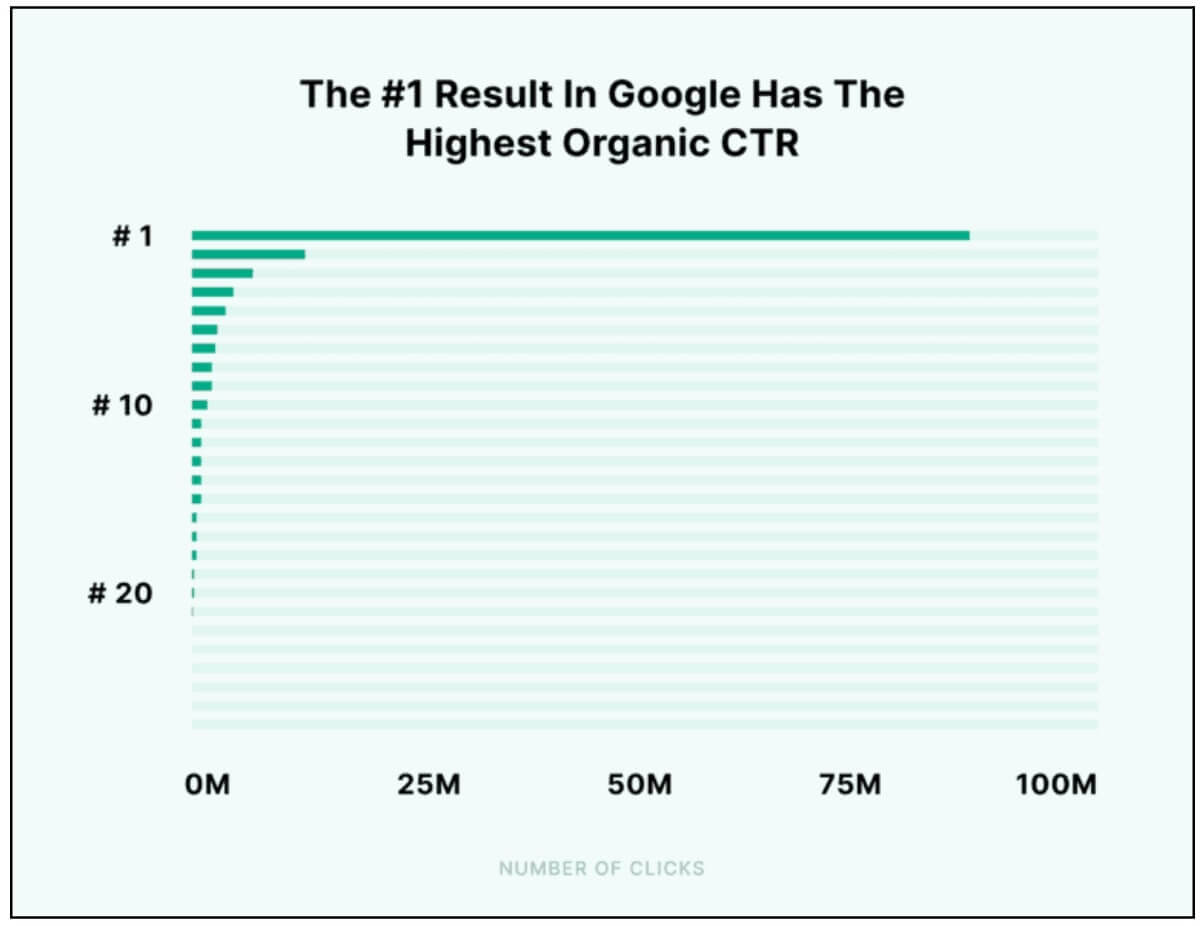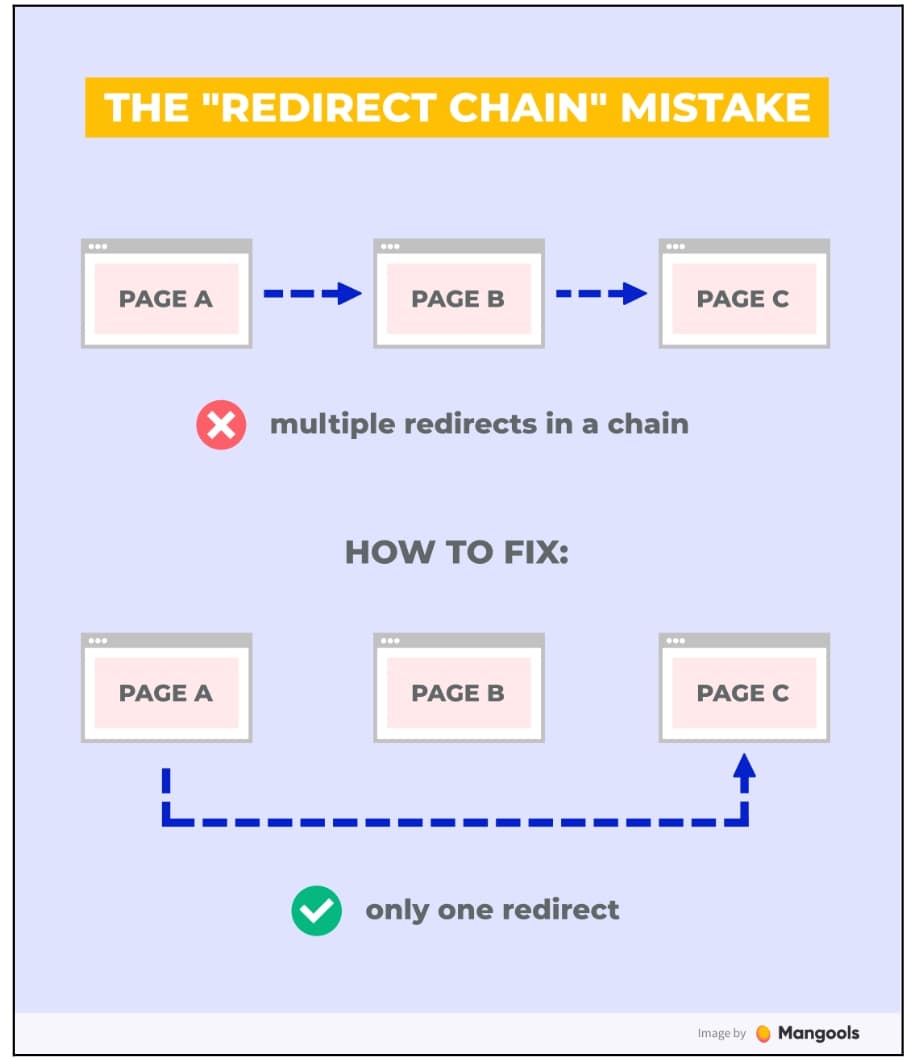
Most customers prefer online shopping because of the convenience it offers. According to a study by Insider Intelligence, the number of digital buyers across the world is 2.64 billion and it is rapidly increasing.
Online shopping provides customers with a wide range of products at a very competitive pricing. It brings the entire retail store at their fingertips with the advantage of getting the products delivered to their doorstep.
However, when an online store takes too much time to load, it can be quite frustrating for customers. It can discourage them from making their purchases. Hence, optimizing your Shopify stores for better customer experiences becomes the need of the hour.
In this post, we will share a detailed Shopify optimization guide that will help you learn how to optimize your Shopify store for better performance and increased sales.
What Is Shopify Optimization?
Shopify optimization refers to the process of improving and updating your Shopify store in order to maximize its performance. It includes implementing various strategies to enhance website performance, such as SEO, website speed, image optimization, mobile optimization, UX enhancements, and more. The ultimate goal of Shopify optimization is to boost the overall site speed for delivering seamless buying experiences and maximizing product sales.
Before we get into the step-by-step process of optimizing your Shopify store, let us understand the importance of Shopify optimization and the benefits it offers.
Why Is Optimization Important for Shopify Stores?
Shopify optimization is crucial for online stores for numerous reasons. Optimized stores help in building enhanced user experiences for customers. As the website loads quickly, there is a steep decrease in website bounce rates. With the Shopify store being optimized for search engines, there is a significant improvement in the search engine rankings for your business. This increases your brand visibility and boosts organic traffic.
Further, optimized websites offer the right information to the customers about your business and its offerings leading to increased customer trust, brand credibility, and higher customer satisfaction.
That being said, let us explore the benefits of having fully-optimized Shopify websites for your business.
Top 4 Benefits of Fully Optimized Shopify Sites
Fully-optimized Shopify websites are a boon for eCommerce sellers. They offer numerous benefits that deliver seamless shopping experiences to customers while boosting sales and driving revenue.
- Quick/Fast
Shopify optimization is done to improve website speed. It loads quickly ensuring that the customers stay engaged on the site leading to increased conversions and better search engine rankings. - Scalable
A fully-optimized Shopify store is equipped to handle large amounts of website traffic without compromising on its load time and overall performance. It ensures your website stays operational without any technical limitations. - Easy to Use
Shopify optimization is done to enhance the overall usability of your online store. Easily-navigable menus, structured layouts, organized products, detailed product pages, and more contribute to delivering a seamless user experience. - Mobile-friendly
A fully-optimized Shopify website is designed to offer consistent experiences across all mobile devices. Whether your customers use a tablet or a smartphone, these websites adapt to different screen sizes thereby attracting more customers to your business.
How to Optimize Your Shopify Stores in 5 Easy Steps?
In this section, we will share the top 5 important optimization areas for building a faster online store without getting deep into technicalities.
Step 1 - Shopify SEO Optimization
Search engine optimization helps potential customers to discover your Shopify store. It helps in increasing organic traffic by targeting relevant audiences thereby boosting the search rankings and business reach.
The higher your store appears in the search rankings, the greater the chances of attracting customers organically. The graph below shows how organic clicks decrease as the content position shifts on the search results page.
 [Source](https://api.backlinko.com/app/uploads/2022/08/the-number-one-result-in-google-has-the-highest-organic-ctr-768x593.webp)
[Source](https://api.backlinko.com/app/uploads/2022/08/the-number-one-result-in-google-has-the-highest-organic-ctr-768x593.webp)
Here are a few basic tips to help you get started with Shopify SEO optimization.
Keyword Research
Search engine optimization always begins with thorough keyword research. Brainstorm with your team to create an initial list of search terms your customers might be using to search for the products you sell. Based on the findings, conduct detailed keyword research to find the right terms for your Shopify store. You can use a keyword research tool like Semrush or Ahrefs to build a comprehensive list of all kinds of keywords.
Optimize Product Pages
Once you find relevant keywords, it is time to integrate them into your product pages to help them rank better. Update your product descriptions to accommodate these keywords by including the target keyword and adding long-tail versions. Optimize your meta titles and meta descriptions with desired keywords to make your snippets on SERP more compelling.
Link Building
Invest in effective link-building tactics as backlinks are a major determinant of valuable content used by search engines. Besides being one of the ranking factors, it promotes your content as a source of credible information leading to higher engagement and more sales. Guest blogging, broken link building, outreach, building linkable assets, directory listing, and so on are some of the best link-building strategies you can adopt for boosting your Shopify store SEO.
Maintain Blog
Blog helps you provide valuable information about your products to your customers. It also helps you integrate your targeted keywords in the content in a better way and boost your rankings on search engines. Set up an informative blog on our online store and publish helpful content on the same to engage your customers.
Leverage your Shopify store blog to share posts about new products, sale announcements, product demos, customer reviews, giveaway contests, product usage guides, and more.
For example, Beardbrand is an American men's grooming company that sells products for styling, grooming, and maintaining beards. Check out its blog providing insightful articles about grooming and lifestyle in the screenshot below.
 [Source](https://www.beardbrand.com/blogs/urbanbeardsman)
[Source](https://www.beardbrand.com/blogs/urbanbeardsman)
Use Schema
Implement a structured schema markup to allow search engines to find relevant information about your online store by auditing the existing structured data implementation. Once you have a fair idea about the existing schema implementation, it is time to make the changes. Improve your website's schema by categorizing this data into various types - product structured data, catalog schema, article structured data, breadcrumb list data, and more.
Step 2 - Shopify Speed Optimization
Shopify site speed score is another factor that plays a vital role in delivering a seamless buying experience to customers. Did you know one in four website visitors would abandon a site if it takes more than 4 seconds to load? Hence, optimizing your Shopify store speed is crucial if you wish to provide a positive experience to your customers.
Here are a few tips to optimize the speed of your Shopify store.
Reduce the HTTP Requests
HTTP requests have a massive impact on the overall website loading speed. Reducing this number can significantly change how fast your website loads. Start by deleting the unnecessary images on your website and optimizing the others (To be discussed in detail in the next section).
Optimize your code files by combining the CSS and JavaScript files and minifying them. Leverage a content delivery network if possible to serve cached content and reduce latency and the load on the server.
Redirects and Broken Links
Broken links and unnecessary redirects negatively impact user experience and could possibly lead to a higher bounce rate. Hence, it is important to monitor your Shopify store regularly for broken links and fix them without any delays. Similarly, eliminate redirection chains by pointing them to the final URL rather than another redirect.
The image below depicts how to resolve the redirect chain in simple steps.
 [Source](https://mangools.com/blog/wp-content/uploads/2021/08/redirect-chain.png)
[Source](https://mangools.com/blog/wp-content/uploads/2021/08/redirect-chain.png)
Host Videos Externally
Leverage external video hosting platforms such as YouTube, Vimeo, or Wistia instead of hosting them on Shopify and boost your SEO rankings and site speed. Use lite embeds to ensure that the video gets played only when the customers click inside the video thumbnail. This will reduce the size of the web pages and ultimately load the page faster.
Select System Fonts
Although fancy fonts improve the aesthetics and readability of your website, they might have a big impact on website speed and performance. Hence, it is crucial to choose the right font to ensure seamless website experiences. Using system fonts, such as Arial, Times New Roman, or Helvetica is ideal as it eliminates the need to download font files from the server thereby guaranteeing faster loading times.
Chose Right Shopify Apps
Installing too many third-party Shopify apps on your store can slow down your website as these apps run different scripts on your web pages. Evaluate the list of apps you use on a regular basis and delete the ones that are not helping your business in any way. Remember deleting these apps does not promise their complete removal as they inject some code into your website. So, it has to be removed manually with the developer's support.
Step 3 - Shopify Image Optimization
The next step in Shopify optimization is optimizing your website images as heavy images slow the loading of your web pages and impacts their performance. Here are some image optimization techniques that you can use for your Shopify store to reduce its page load time.
- Reduce Large Image Sizes - Resize your large images to appropriate dimensions to reduce their file size and improve your website loading times. Leverage image editing software to resize the images before uploading them to your Shopify store.
- Compress Images - Leverage image compression tools, such as Crush.pics to compress the images automatically when uploaded on Shopify. This eliminates the need to compress them manually before uploading them to your site.
- Replace GIFs with Static Images - Although GIFs make your website more interactive, they must be avoided at all costs for improving your page performance. Instead, replace your GIFs with static images for better Shopify store speed optimization.
- Lazy Load Images - Invest in the lazy image loading technique by prioritizing loading the images that are visible to the customer first instead of loading all the images present on the page at once. This reduces the page load times and speeds up your Shopify website.
Step 4 - Shopify Conversion Rate Optimization
Shopify optimization does not end with driving traffic to your online store. You ought to engage these website visitors and convert them into customers. To entice your customers and boost your conversion rates, you need to make a few changes to your Shopify store. Let us quickly have a look at a few of these strategies.
Add Testimonials to Build Trust
Showcase customer reviews and testimonials on your product pages to build a sense of trust and credibility among the customers. By sharing the first-hand experience of customers with prospects, you build an emotional connection with them and motivate them to purchase from you.
Start building your review database by reaching out to the customers who have already purchased from you and requesting a review. Encourage them to share pictures or videos of the products along with their reviews to create a lasting impression. Offer them some discount coupons or attractive offers on their next purchase as a token of appreciation.
Check out how Notebook Therapy shares its product reviews on its website.
 Source
Source
Use Intelligent Search
Power up your product search engine with AI to help your customers find the products they are looking for without any hassles. Implement an intelligent search solution like Sparq that offers features, such as auto-complete, smart product recommendations, and more to ensure smooth search experiences.
Provide Detailed Product Descriptions
Write accurate product descriptions offering relevant product details, such as specifications, materials, dimensions, usage instructions, and so on. Focus on the product benefits and let your customers know how it can improve their lives. Do not forget to include relevant keywords in the description to increase its discoverability on search engines.
Here is an example of a detailed product description. Did you notice how the seller conveys all information about the product in its title and description?
 [Source](https://www.etsy.com/in-en/listing/1308997997/japanese-restaurant-anime-macbook-hard)
[Source](https://www.etsy.com/in-en/listing/1308997997/japanese-restaurant-anime-macbook-hard)
Use Targeted Promotions
Offer exciting promotional discounts and sales on your products to encourage customers to place their orders. Create personalized discounts or exclusive deals on products by monitoring the customers' behavior, purchase history, wishlist, and more. Leverage FOMO to create a sense of urgency among the customers and drive conversions.
Offer a Guest Checkout Option
Allow your customers to place their orders without having to register for an account on your Shopify store. Providing a guest checkout option speeds up the product ordering process and reduces the occurrences of cart abandonment to a great extent. You can request them to create an account later if required. Did you know 43% of customers prefer guest checkout over the traditional checkout process?
Step 5 - Shopify Mobile Optimization
Last but not least, Shopify mobile optimization cannot be ignored considering the number of people shopping on their mobile devices. Did you know that mobile retail eCommerce sales are projected to reach over $710 billion by 2025? No wonder most eCommerce businesses are optimizing their Shopify store for mobile devices.
Let us see how you can optimize your Shopify store for mobile.
- Make the Navigation Bar Accessible - Review your existing navigation structure and sort the web pages according to your offerings. Limit your menu to only one level of nested content. Adding a multitude of options to the menus might overwhelm your customers and confuse them.
Leverage toggle buttons to activate the menus when required but make sure the main menu is easily accessible. Focus on enhancing navigation for your customers by serving essential information at the right time.
- Optimize Mobile Page Speed - Audit your website for page speed on mobile devices using third-party tools like Google PageSpeed Insights. Utilize the findings to identify the issues and initiate the necessary optimizations.
- Hone CTA Buttons - Ensure that the CTA buttons are rightly placed and are easily clickable. Design these buttons with contrasting colors, engaging copy, and optimal size to drive better conversions.
- Avoid Pop-Ups - Remove pop-ups from your mobile version of the Shopify store as they can interrupt the buying process. Imagine a pop-up is shown to you when you were trying to check out your order. Instead, use slide-ins, bottom banners, or animated icons to share important messages or offers with your customers.
- Use Mobile Forms Correctly - Create concise forms with a minimum number of fields, especially for the mobile version of your Shopify store. Leverage the auto-fill functionality to allow customers to fill in their information in just a few clicks. Shopify optimization must be an ongoing process. You must analyze, monitor, and update your Shopify store regularly based on the customers' feedback and website performance. This will help you craft an engaging experience for your customers and drive more sales and revenue.
How Sparq Can Help Optimize Shopify?
Sparq provides an all-in-one tool that helps you to optimize your Shopify store. It boosts your page load time to maximize your store performance.
For example, the improved product discoverability feature i.e. search and filters ensure customers find the products they wish to purchase in just a few seconds. Similarly, Sparq also can optimize product images to ensure the images load faster on your website without any impact on visual quality.
Besides these features, Sparq offers a multitude of functionalities that leverage AI and machine learning to optimize Shopify stores for better performance and increased conversions. Contact the Sparq team online to speak to a representative about end-to-end Shopify optimization today!
Conclusion
Online shopping is here to stay. If you wish to deliver seamless customer experiences and achieve success in this competitive eCommerce industry, optimizing your Shopify store is mandatory. By following the step-by-step guide we shared in this post, you can get started with your Shopify store optimization without any hassles. Good luck!
Frequently Asked Questions
What works better for optimization: Shopify or WordPress?
Shopify is the better choice when compared to WordPress for eCommerce businesses. Shopify offers better user experiences and faster loading times. It does not require many optimizations to achieve optimal speed.
Is Shopify mobile-friendly?
Yes, Shopify is mobile-friendly. It provides a mobile app for both Android and iOS devices.
What is the best image dimension for Shopify optimization?
Shopify supports images up to 4472 by 4472 pixels having a file size of up to 20MB.
Can you use Google Optimize on Shopify?
Yes, Shopify supports Google Optimize.
Which is the best image optimization tool for Shopify stores?
Crush.pics is the best image optimization tool for Shopify stores. However, installing additional apps may slow down your website speed. Hence, you can leverage an all-in-one optimization tool like Sparq which optimizes the images present on your online store automatically without any manual intervention.
